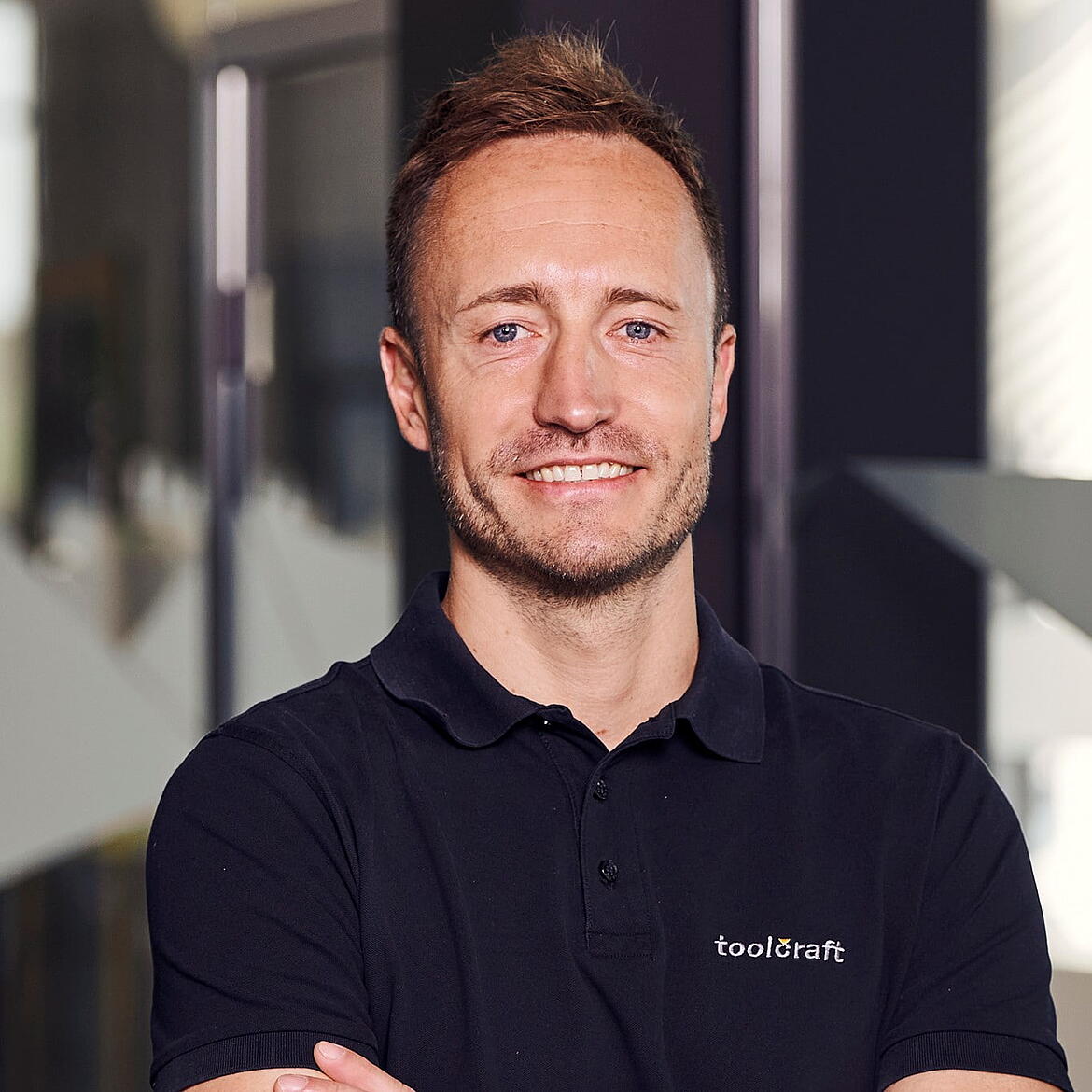Initial Situation:
Refractory metal-based high-entropy alloys (HEA) can possess remarkable mechanical properties, which are of particular interest for medical implants. However, this class of materials has very high melting points, meaning that the materials are very challenging to process and difficult to use to manufacture components. Due to a resulting lack of sample material, there is currently no evidence that refractory metal-based HEA actually have the above-mentioned mechanical properties. But with the help of a recently developed process, it is possible to transfer the materials which cannot be processed by smelting metallurgy into spherical powders.
Goals:
One goal is to manufacture test specimens and complex components from refractory metal-based HEA with appropriate additive manufacturing techniques for the first time. The aim is to research the best way to produce such components. Test specimens are to be manufactured additively using selective laser melting (SLM) and electron beam melting (EBM) and their chemical and mechanical properties are to be examined. The producibility of powder from high-melting refractory metal-based HEA is to be demonstrated and suitable process parameters for additive manufacturing need to be determined. The research project aims to make the new material class of high-entropy alloys accessible for technical applications, especially implants.
Process:
The first stage is to produce all of the required spherical alloy powders, after which test specimens are to be manufactured using selective laser melting (SLM) and electron beam melting (EBM) techniques. Appropriate process parameters need to be determined for this purpose. The specimens are to be examined and the results analysed and evaluated. Findings regarding the powder’s ability to be processed and the mechanical properties influence the optimisation of the powder. The information gathered about the production of the powder, specimens and components and about material characterisation is to be combined. In order to validate the implant material, a demonstrator needs to be defined, manufactured and its properties characterised. The suitability of the developed HEA material for a medical implant is to be verified.





